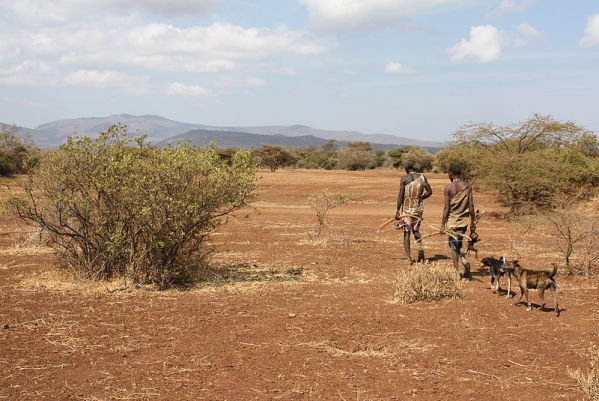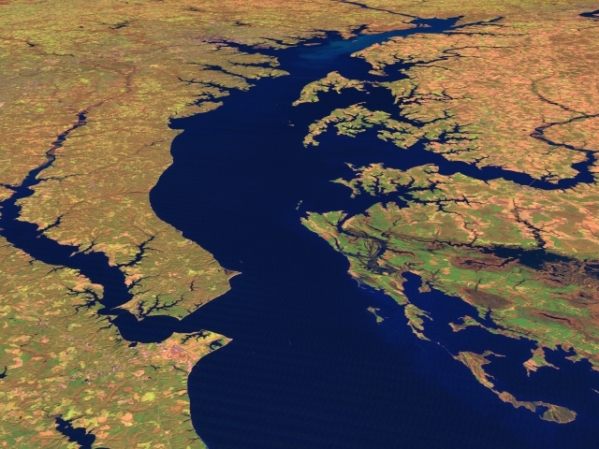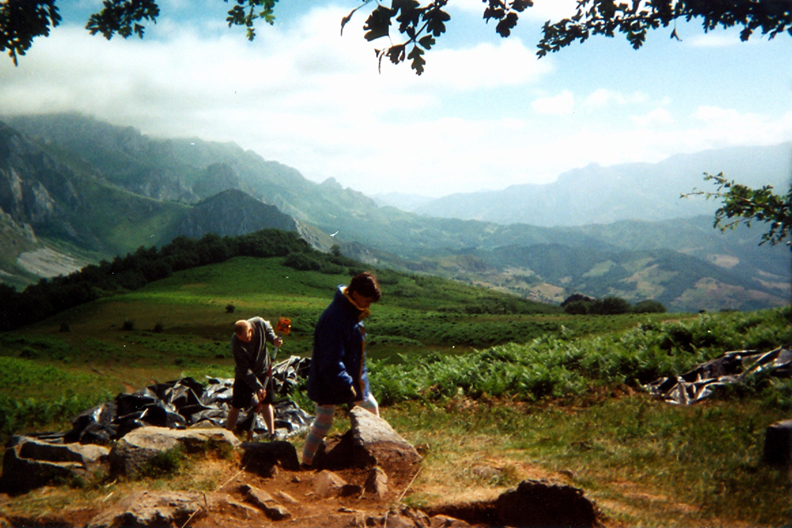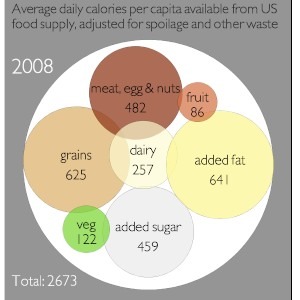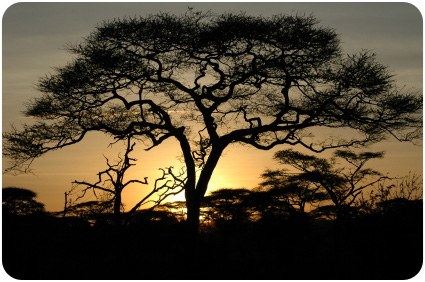In The Paleolithic Diet, Part I: A New Look at Our Oldest Diet, I described the background and nature of the modern Paleolithic diet, popularly known as the Paleo diet and medically known as the ancestral human diet. The Paleo diet eliminates grains and dairy and consists of lean meats, fish, vegetables, fruits, nuts, and berries.
But, is there evidence for this diet? On one level, evidence comes from general medical science as it struggles to answer, why, despite the most advanced medical treatments available, health in the U.S. seems to be declining. A consensus is slowly developing that we are straying ever further from our natural diet and have made rash decisions with minimal or flawed evidence. Journalist Marni Jameson, in the article A reversal on carbs published in Los Angeles Times December 20, 2010, quotes Dr. Frank Hu, Professor of Nutrition and Epidemiology at the Harvard School of Public Health:
The country's big low-fat message backfired. The overemphasis on reducing fat caused the consumption of carbohydrates and sugar in our diets to soar. That shift may be linked to the biggest health problems in America today.
And, quoting Dr. Walter Willet, Chairman of the Department of Nutrition, Harvard School of Public Health:
Fat is not the problem. If Americans could eliminate sugary beverages, potatoes, white bread, pasta, white rice and sugary snacks, we would wipe out almost all the problems we have with weight and diabetes and other metabolic diseases.
As part of this reassessment of contemporary dietary advice, evidence favoring the ancestral human diet is slowly building. Many persons have adopted this new (yet, very old) nutritional approach out of frustration. Their passionate, self-reported cases, describe how they have overcome obesity, anorexia, diabetes, and other forms of malnutrition. (Some of these cases can be found through PaleoTerran.com. Select Success Stories in the right hand menu.)
Research Studies
One of the earliest research studies on the Paleolithic diet, performed by Kevin O’Dea, was published in Diabetes in June 1984. Ten Australian Aborigines, who as young adults had moved from the Outback to rural areas, and then became overweight and developed type 2 diabetes, were asked to consider returning to the Outback and eating like they had during their childhood. They agreed and, as described by Dr. Loren Cordain in The Paleo Answer, for 7 weeks lived on “kangaroos, birds, crocodiles, turtles, shellfish, yams, figs, yabbies (freshwater crayfish), freshwater bream, and bush honey.” The results: “the average weight loss in the group was 16.5 pounds; blood cholesterol dropped by 12%, and triglycerides reduced by a whopping 72%. Insulin and glucose metabolism became normal, and their diabetes effectively disappeared.”
In a study published in Cardiovascular Diabetology in July 2009, Jönsson and colleagues investigated whether 13 persons with type 2 diabetes would do better on a diabetes diet or on the Paleolithic diet. Even though the study was small, it was designed in a powerful manner called a randomized cross-over study. The subjects were placed on a Paleolithic diet and a diabetes diet “during two consecutive 3-month periods.” The results were clear: study participants became healthier on the Paleolithic diet. Their weight and Body Mass Index (BMI) were lower and their waist circumference was smaller on the Paleo diet. In addition, they had lower diastolic blood pressures, improved diabetic blood test (HbA1c, blood glucose) and lower triglycerides, along with higher levels HDL cholesterol (the good cholesterol).
In August 2009, Dr. Frasetto and colleagues published a study in the European Journal of Clinical Nutrition on the effects of the Paleolithic diet in 9 inactive volunteers that were not obese. The Paleolithic diet was matched to the same number of calories they had previously consumed. After just ten days on the Paleolithic diet, all had lower blood pressure, improved oral glucose tolerance test, and “large significant reductions in total cholesterol, low-density lipoproteins (LDL) and triglycerides.” Their health on the Paleo diet markedly improved even though they consumed the same number of calories as they had previously. In addition, as Dr. Cordain noted, “What is most amazing about this experiment is how rapidly so many markers of health improved – and that they occurred in every single patient.”
How does the Paleolithic diet compare to the Mediterranean diet? In a separate study in the November 2010 issue of Nutrition & Metabolism, Jönsson and colleagues compared the satisfaction provided by both diets. (In medical terms, we are “satiated” when the meal satisfies our appetite.) Fourteen persons ate a Paleolithic diet of “lean meat, fish, fruit, vegetables, root vegetables, eggs, and nuts” and 15 were on Mediterranean diet consisting of “whole grains, low-fat dairy products, vegetables, fruit, fish, and oils and margarines.” The results: calorie for calorie, the Paleolithic diet was more satiating. It takes more calories with the Mediterranean diet to satisfy hunger, another win for the Paleolithic diet.
Summary
In summary, the modern Paleolithic diet is an approximation of the ancestral human diet consumed before the advent of agriculture and animal husbandry. It has been our diet for over 90% of our existence and is part of our genetic heritage. The Paleolithic diet is non-inflammatory, an important factor in disease prevention. While the evidence is just developing, the Paleolithic diet is proving to be an important means to reclaiming our original health. The story is just beginning.
(Article initially published in Living Well magazine)
Read Part 1 here.
 Monday, December 31, 2012 at 11:05PM
Monday, December 31, 2012 at 11:05PM 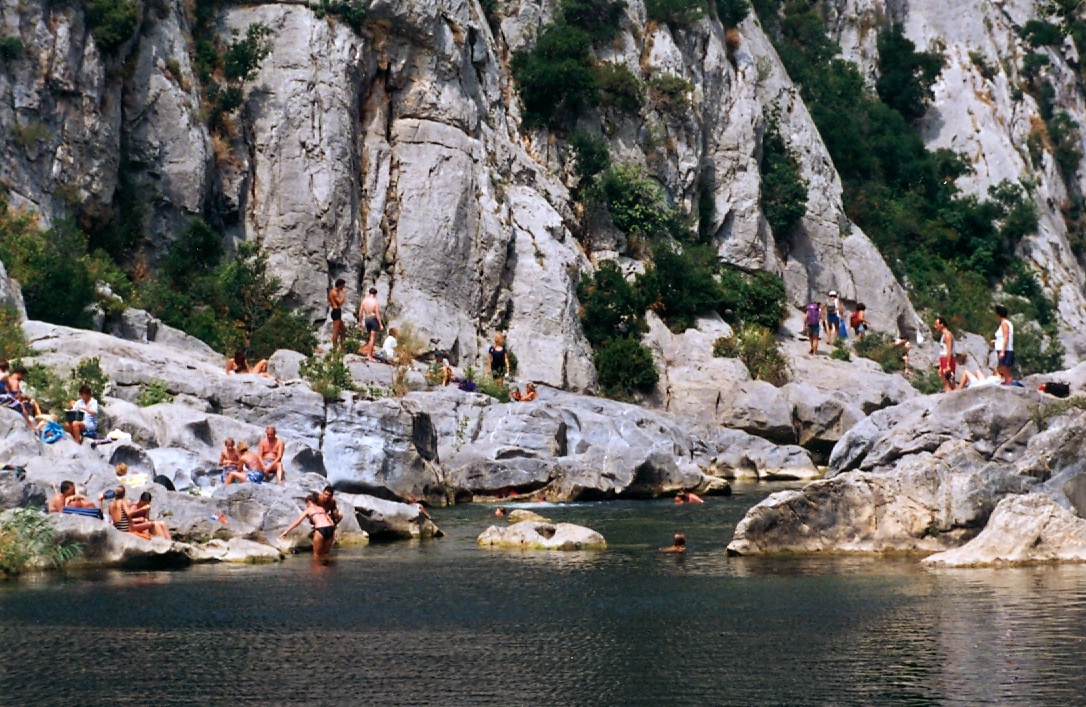
 Hunter-gatherer,
Hunter-gatherer,  Paleo diet,
Paleo diet,  Terra,
Terra,  hominid,
hominid,  the Garden in
the Garden in  General
General 

